



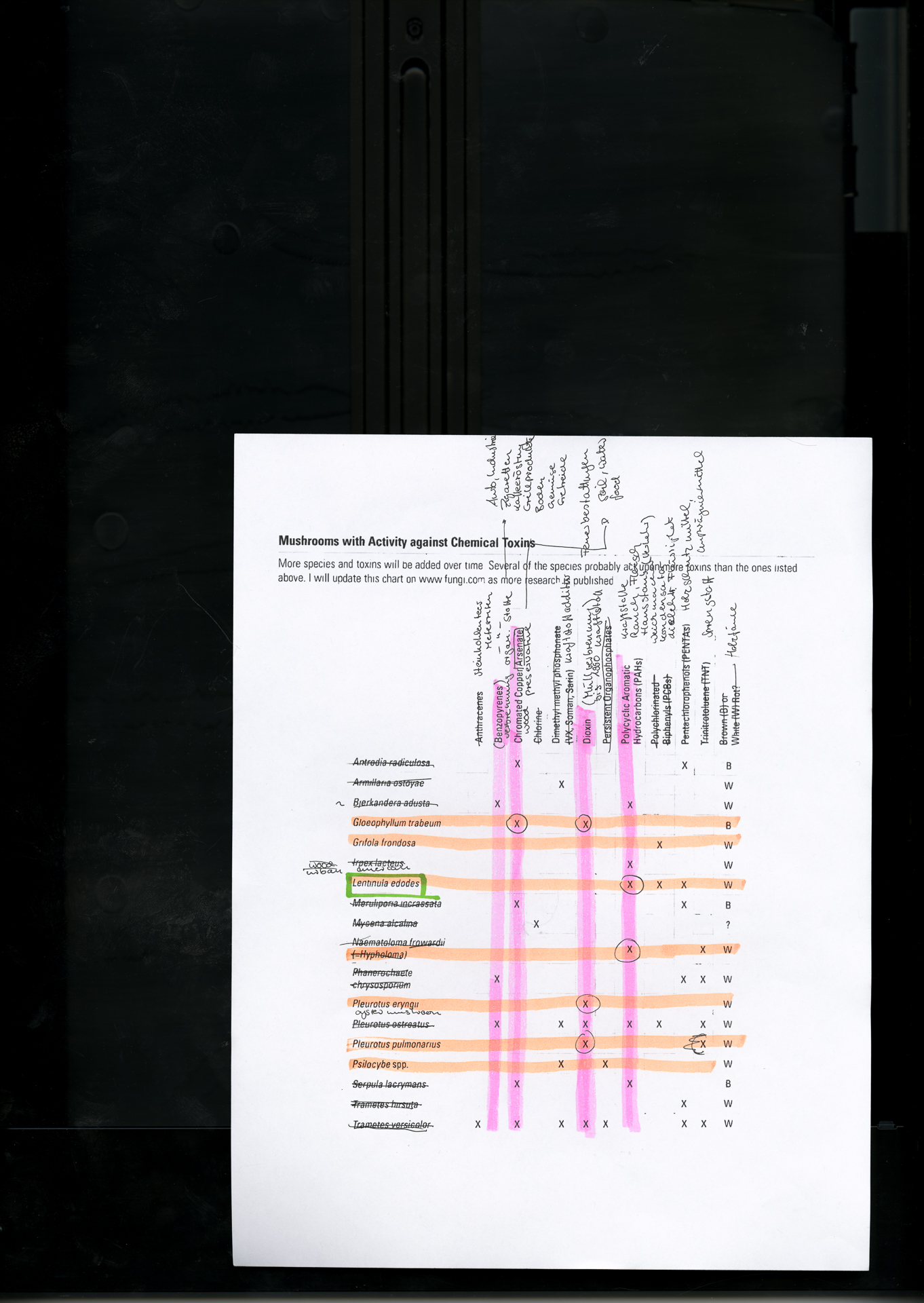



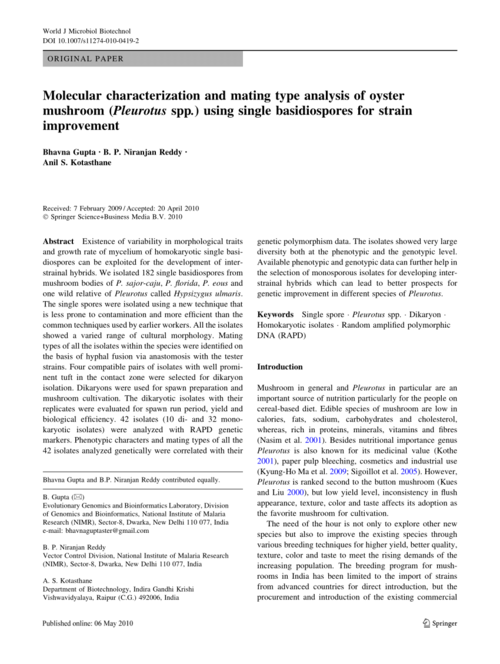

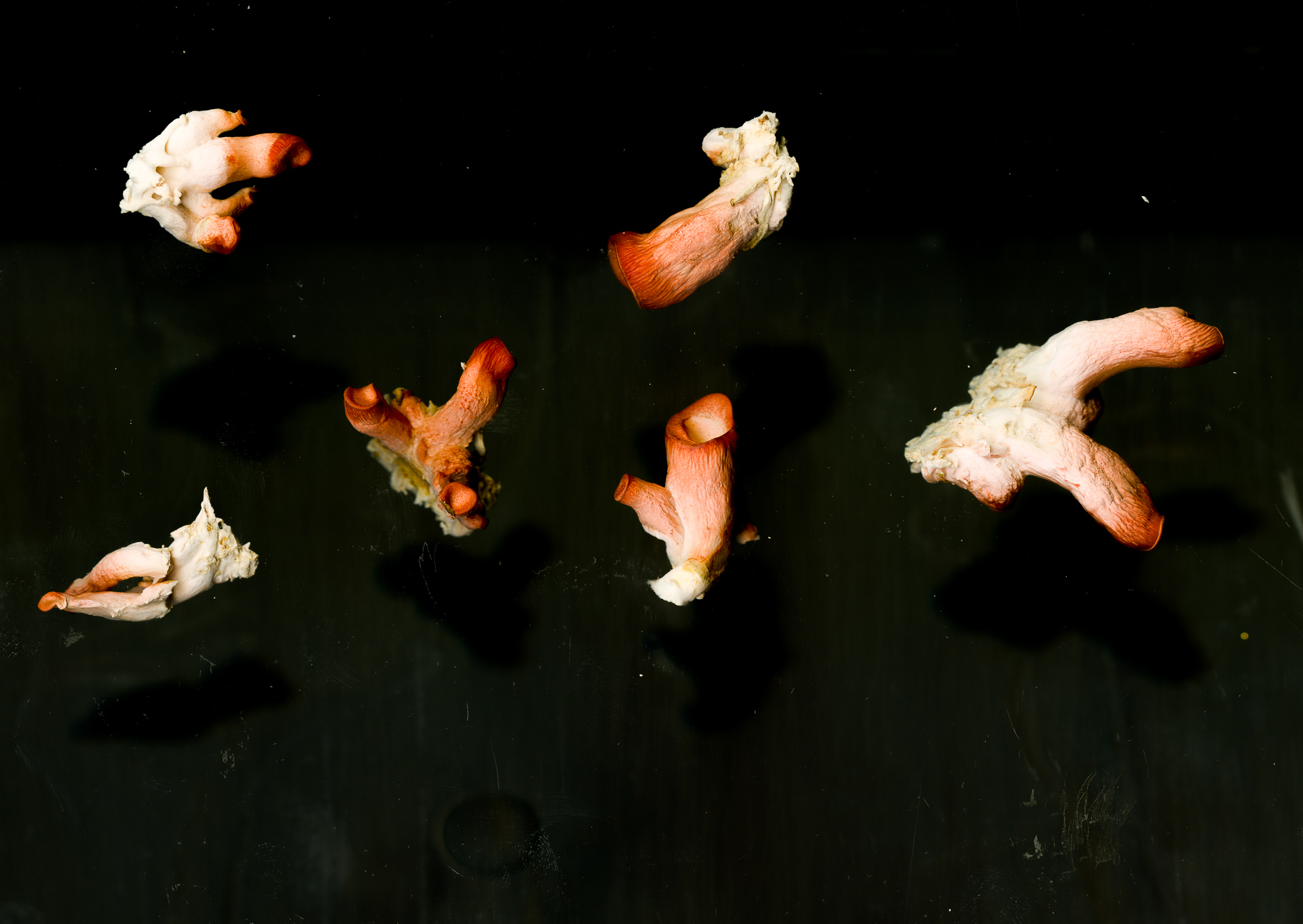


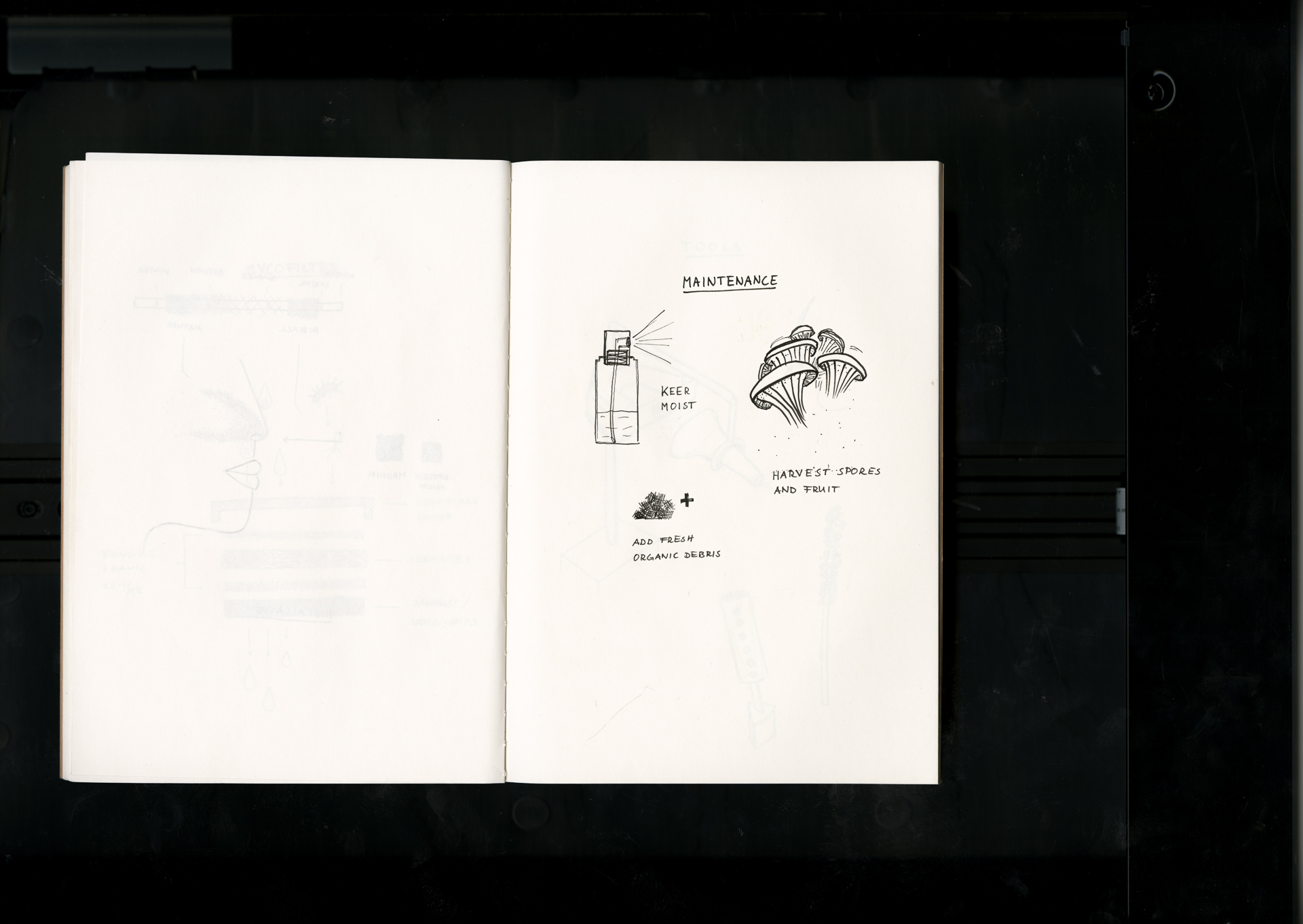



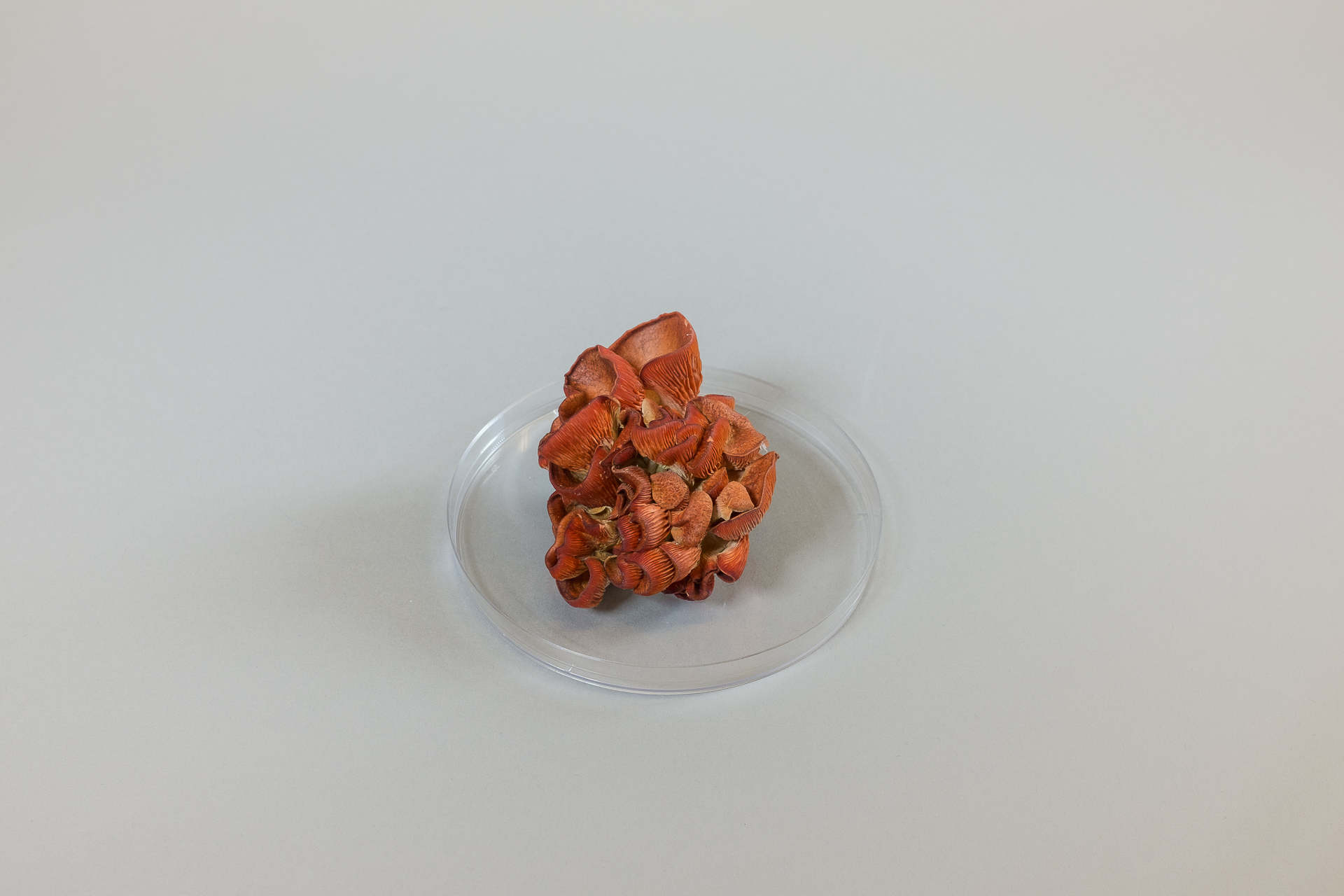
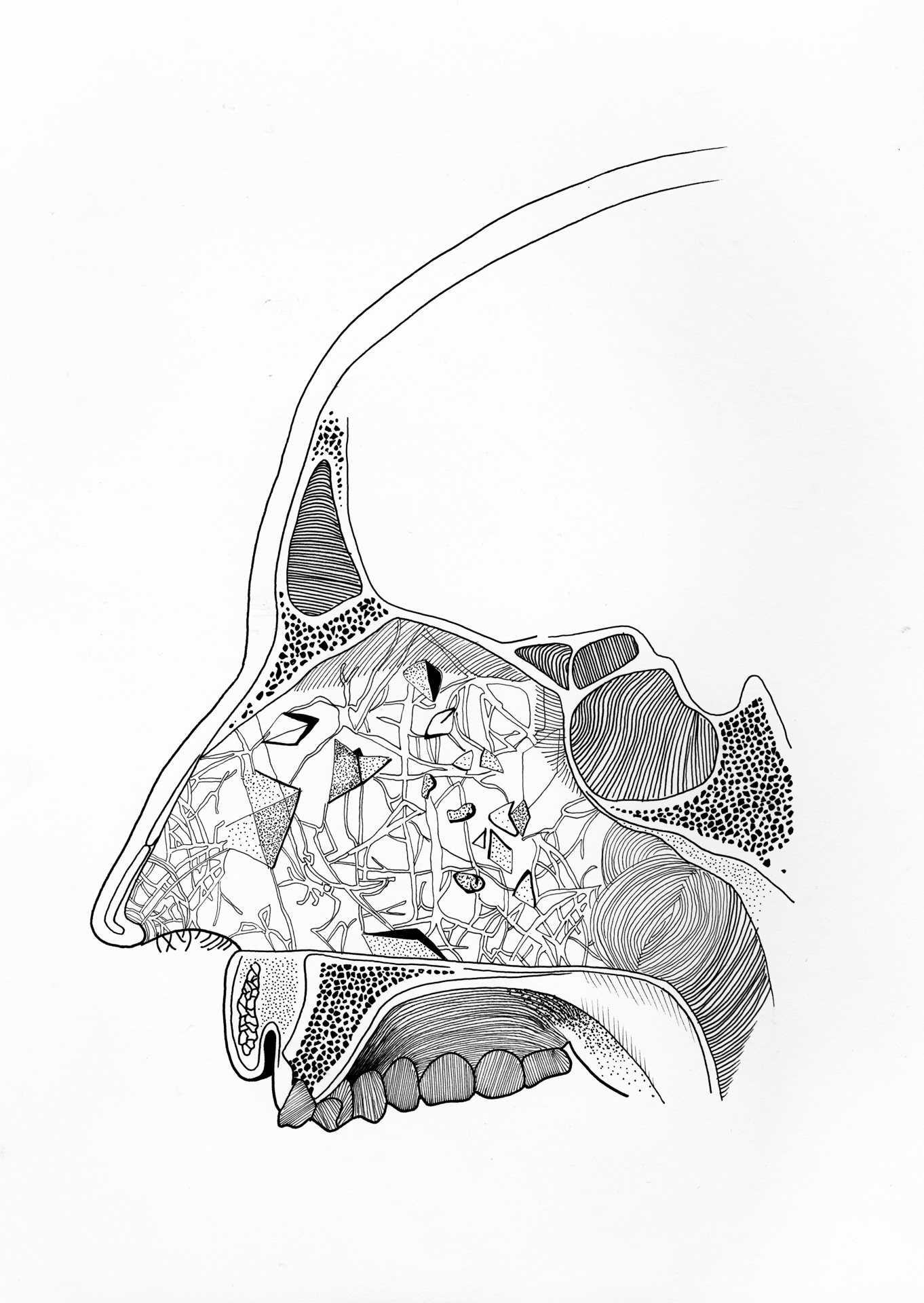




Preventing Body Contamination—Through air and nutrition
Speculative Design, 2017
Scenario
The world has failed to holistically address anthropogenic climate change through mitigation. Rising temperatures start to topple established ecological systems. Ripple effects are threatening humans in various ways. Economic forces have paralyzed legislative efforts to implement sustainability legislation, and the United Nations have given up on its sustainable development goals.
Left to their own devices, local communities around the world start focussing on their individual adaptive capacity. It is them who are at the front line of adaption.
In evolutionary biology, so-called fitness landscapes are used to visualize an organism’s adaption to the conditions. Possibilities as topology—Mountains are the best stage of adaptation to environments, while organisms have to do small iterative steps.
Whenever these moves are bringing organisms up, they follow that trajectory until they reach a plateau from which they could only descend in any direction. In reality, there are not one but many strategies, endless hills, and valleys. To reach new heights, they sometimes have to cross a ravine.
The decision makers build walls around our plateaus. Resilience design tries to cement its local peak position; to secure the functionality of the existing social and political order. The possibility of imagining or creating other worlds disappears. The landscape of catastrophe needs to become our fitness landscape, a valley of opportunities. We need audacious, brave experiments that might send us across valleys and plains to eventually get somewhere else, somewhere better. In the words of Stephanie Wakefield:
“Experimentation must become the modus operandi; asking previously unaskable questions: What on earth could being be?”
Fig. 1
Fungus properties research Tables: Mycelium Running, Stamets, 2005
These are tables of the anti-viral and anti-toxic activities of fungi, based on the study of mycologist Paul Stamets and his book Mycelium Running. Particularly interesting are oyster mushrooms and Shiitake. Shiitake is antibacterial, antiviral is enhancing the functionalities of the lungs and the respiratory system. It builds resistance against influence and pox.
Fig. 2
Pleurotus djamor (Oyster mushroom)
(Rumph. ex Fr.) Boedijn, Rumphius
Memorial Volume: 292 (1959)
Pleurotus djamor, commonly known as the pink oyster mushroom, is a species of fungus in the family Pleurotaceae. It is known by many different names.
In this world, people modify their bodies to prevent contamination through air and nutrition–a case study on mycelium.
Fig. 3
Scientific journal
Sketches, Notes
The mycofilter allows for cleaning polluted and toxic liquids. It consists of: Fungus spawn and is surrounded by sawdust, wood chips, and corncobs. The best time to install the fungi is in early spring, so it has time to grow until winter. The spores have to be injected onto the medium within the nose. These might be tools, which were used to install and maintain the fungi. Very important is, to keep the mushroom in a moist environment. Spraying water is necessary to keep the organism alive. The fruit, which might grow outside of the nose can be harvested and eaten.
Fig. 4
Nasal cavity with mycelium
Cavum nasi; cavitas nasi
The nasal cavity is a huge unused space within the human skull. It serves as the perfect environment for the mycelium to grow. It can be maintained through the nose and is not influencing or influenced the process of eating.
Fig. 5
Fully developed fungus
Fungal fruiting body
The fruit of the fungi is not particularly interesting, it serves mostly as decoration. The roots, the mycelium is the actual filter. Since the mycelium is growing over time, it will transform the human face, too.
Fig. 7
Expansion of nasal cavity Lateral wall, supratip, palate, frontal sinus, crista galli
The skull and its bones structure are going to be deformed over time. This drawing shows the grown state of optimum filter qualities and results. The human body lives with the fungus in symbiosis.
Fig. 8
Levels of societal adaptionIndividual, collective; short term, long term
In this world, aside from traditional protective technology, people started to experiment with modifying the body itself — from the ritual to the secular, from the short to the long-term — using internal fungi as symbiotic filter organism. A community and eventually an entire society, sprouts from these practices. Using Cartesian coordinate system to construct a community.
Thanks to
Concept, development, design with Philipp Schmitt and Aishwarya Janwadkar.
Thanks to Anthony Dunne and Fiona Raby at the Designed Realities Studio at The New School.